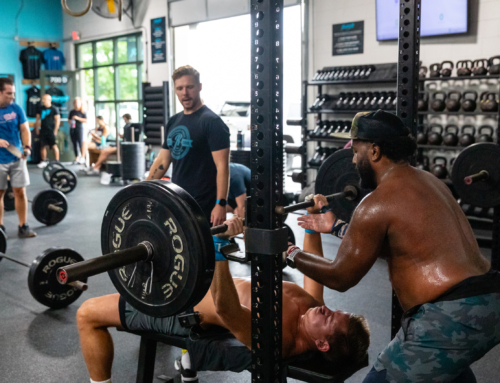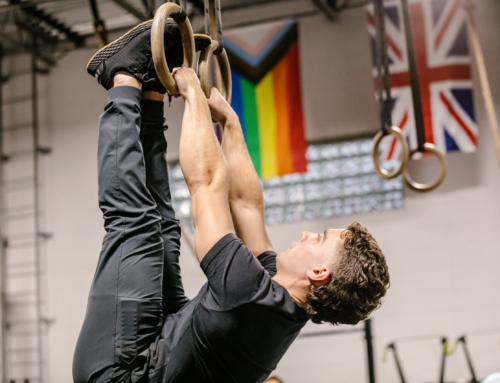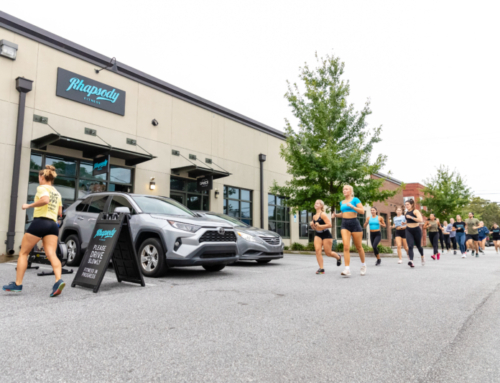 Grip strength is pretty much what it sounds like. It’s your ability to grip something and hold on to it. The muscles responsible for your grip strength are in and around your fingers, thumbs, wrists, and forearms.
Grip strength is pretty much what it sounds like. It’s your ability to grip something and hold on to it. The muscles responsible for your grip strength are in and around your fingers, thumbs, wrists, and forearms.
Why Grip Strength Matters
As we get older, grip strength is one of those abilities that we start to lose. Unless you do something to maintain your grip strength, it will grow weaker with age. A loss of grip strength limits certain gym movements (like pullups), but it can also affect your daily life. Even something simple, like turning a doorknob, can be easy or difficult, depending on your grip strength.
Grip Strength: Fitness and Athletic Performance
Grip strength plays a role in a variety of sports, including rock climbing, baseball, softball, cycling, tennis, golf, hockey, lacrosse, martial arts, wrestling, obstacle course racing and powerlifting.
Even if you’re not a professional athlete, your performance in your sport or in the gym is affected by grip strength. A strong grip means that not only can you lift heavier, but also that your hands and forearms won’t be a limiter of your performance. Stronger hands and forearms also mean you’ll be able to do more reps of a movement before letting go of the bar, rope, kettlebell, etc. Even hanging on for a few more reps could translate into improving your upper or lower body strength.
Grip Strength: Quality of Life
There is a strong correlation between grip strength and your overall health and wellness. Good grip strength correlates to better health. At the same time, grip strength is a predictor of the quality of your life (especially as you get older). And it makes sense. Not only will you be able to continue carrying your shopping bags or your kids, but you can also carry out everyday tasks like doing laundry and opening stubborn jars with no issue.
How to Improve Grip Strength
While it’s possible to improve your grip strength by honing in on the muscles in your hands and forearms, a lot of grip strengthening movements are actually functional, full-body movements. As you work your grip, you’ll get stronger and healthier all over. And that’s a good thing!
Here are the three types of grip and examples of movements to train each type:
1. Crush Grip
The crush grip is like the “Hulk smash” of grips. This type of grip is for squeezing something between your fingers and palm. Think wrapping your hand around a barbell, climbing a rope, swinging a kettlebell, or even shaking someone’s hand.
Movements that Strengthen the Crush Grip:
– Kettlebell Swings
– Deadlifts
2. Support Grip
The support grip is the endurance athlete of the different types. The support grip is for holding or hanging without letting your fingers extend. Think carrying a suitcase or doing pullups or muscle ups.
Movements that Strengthen the Support Grip:
– Bar Hang
– Farmer’s Carry
3. Pinch Grip
The pinch grip is more about dexterity and fine motor movements. You use this grip to hold an item between your fingertips and thumb. Think grabbing weight plates, books, or pencils or opening the lids of jars.
Movement that Strengthens the Pinch Grip:
– Plate Pinches
Remember that grip strength doesn’t just affect what you do in the gym. It also plays a role in simple, everyday tasks like carrying grocery bags and opening jars. So keep building functional strength through full body movements and your fingers, wrists, and forearms will thank you.
To learn more about Rhapsody Fitness in Charleston and our range of programs,get in touch with Team Rhapsody today.





